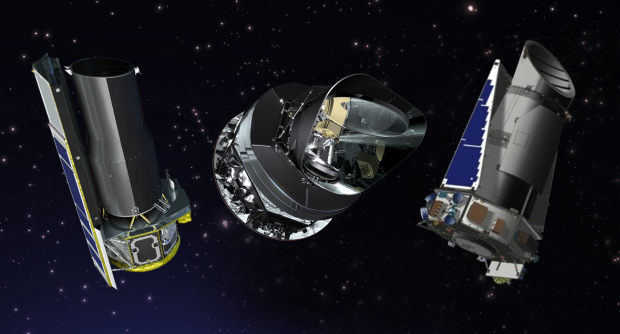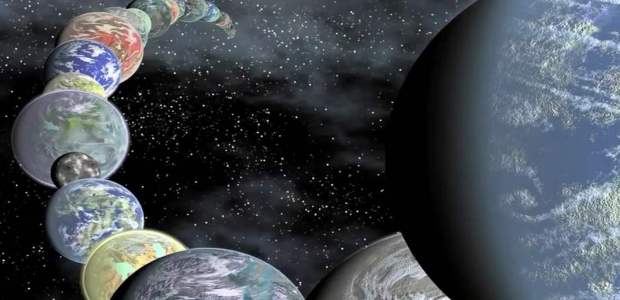With rapid developments in the fields of astronomy, the existence of exoplanets has become a reality now. As of September 2014, more than 1800 exoplanets have been discovered. NASA’s Kepler Mission continues to find more such habitable planets and it is just a matter of time when our search of extraterrestrial life will soon reap benefits.
Exoplanet, extrasolar planet, exoEarth, exojupiter: neologisms still absent from many dictionaries. These terms are, however, current among astronomers, and are heard in their answers to a question already two millennia old: are there planets like ours elsewhere in the Universe?
At this rate of discovery it seems that Earth-like planets may be found within a decade.
Greek atomists such as Epicurus were convinced of the existence of an infinite number of solar systems like our own, but it was only in 1995 that a real answer began to emerge. An extrasolar planet had been detected… a planet orbiting another star… a star like the Sun. So, the solar system was not unique!
By mid- 2006 more than 200 giant exoplanets had been discovered. At this rate of discovery it seems that Earth-like planets may be found within a decade. The discovery of exoplanets held some surprises, in that they exhibited very different characteristics from what might have been expected.
Although most of them are gas giants of masses comparable to Jupiter’s mass, as a result of the rather insensitive nature of current detection methods, why are they from ten to fifty times closer to their stars than is Jupiter? How were these ‘hot Jupiters’ formed? Another surprise about exoplanets is that many of them have very elliptical orbits, while the planets of the solar system have much more circular orbits.

Could the solar system, therefore, be an exceptional case? Will we have to revise our ideas about its formation? The most exciting aspect of these discoveries of exoplanets is the search for exoEarths – planets similar in mass to ours, orbiting not far from the parent star: indeed, planets upon which life might well develop.
The challenge for the next twenty years will be to identify these exoEarths and seek signs there of some form of life. Worldwide, more than forty research programmes now exist in this field, and as many more are planned. Searching for other worlds is now a beacon activity among the scheduled tasks for European and American large Earth-based telescopes and space missions. The methods used to detect exoplanets and to analyse the results are very varied, and push modern instruments to their limits.
The study of exoEarths will require extraordinary telescopes, using innovative techniques, most of which have only recently been introduced. As far as space missions are concerned, the COROT satellite for searching extrasolar planets was launched in December 2006, there are several missions which are dedicated to the search for water on Mars, and later missions will be searching for traces of any life which may once have emerged on that planet.
In 2006 the first cold exoEarth, with a mass almost six times that of Earth, was detected in orbit..
The detection and study of these extrasolar worlds has become a very dynamic and fast-moving aspect of astronomy – a situation which presents a certain challenge to the authors of any up-to-the-minute book on the subject! There are, at the moment, no hard and fast conclusions to be drawn. In the summer of 2004 it seemed reasonable to state that direct imaging of an extrasolar planet would not be possible for at least a decade – yet the first probable image of such a planet was published in September 2004 and confirmed in April 2005!
The number of exoplanets detected increases all the time, and the record for ‘the least massive planet yet discovered’ is regularly broken. In 2006 the first cold exoEarth, with a mass almost six times that of Earth, was detected in orbit around a small M-type star. Nevertheless, we decided to accept the challenge of exploring this subject. The major results obtainable with current instrumentation are understood, and the main questions are tabled.
The next step forward will be taken by spaceborne instruments onboard the Franco-European COROT mission and the American Kepler mission (2008). In may 2014 NASA announced that it had extended its Kepler Mission programme.
What surprises might extrasolar planets yet hold in store for us?
-end-


































